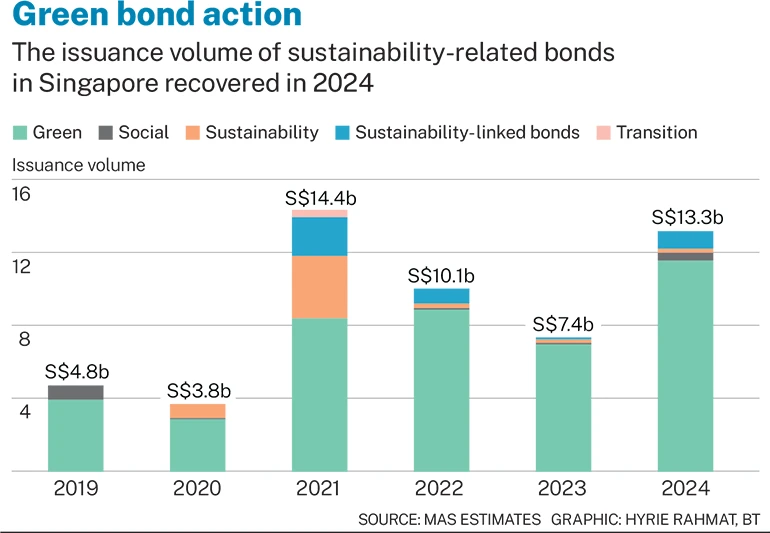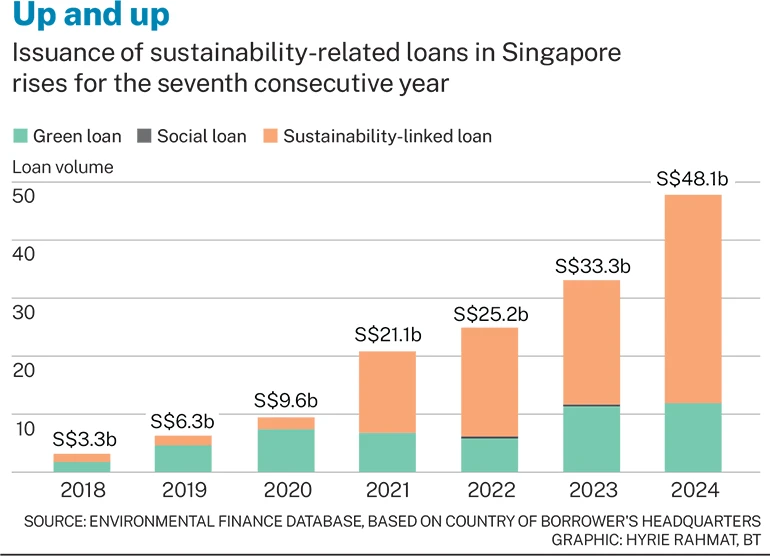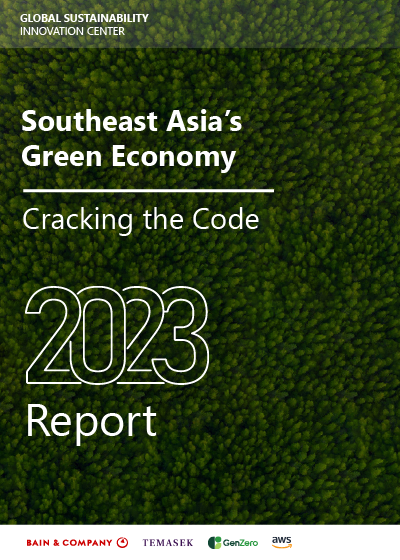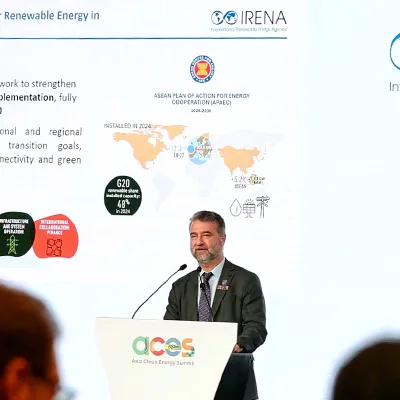Active equity strategy
Separately, MAS provided two updates on its Climate Transition Programme (CTP) – it has begun shifting CTP equities portfolio from passive to active management, and is extending the programme to its corporate bonds portfolio. In FY2023, MAS allocated about 2 per cent of its portfolio, or slightly over S$8 billion, to the CTP.
The allocation, from the equities portion of the central bank’s official foreign reserves, was invested into companies in two climate indices – otherwise known as a passive strategy.
The shift to an active strategy – where portfolio managers pick investments – allows MAS “to be nimbler as geopolitical and climate policy uncertainties shift”, said the central bank.
It noted that in portfolios managed against climate indices, index weights are influenced bylonger-term factors such as green revenue.
However, constituent prices may be affected by short-term factors, such as energy or weather shocks, or policy uncertainty.
“Hence, active management can help to mitigate financial risks and enhance resilience of the portfolio,” said MAS.
MAS further believes that active management will help it to better understand the trade-off between investment performance and carbon reduction.
This is by “observing how portfolio managers calibrate their investment decisions when their performance is measured against climate indices instead of conventional market capitalisation-weighted indices”, MAS explained.
Next steps could include developing a framework to assess the performance of active portfolio managers, taking both investment returns and climate resilience into account. Climate metrics could include carbon emissions, green revenue, and climate value-at-risk.
“Monitoring of portfolio managers’ active investment strategies will also improve understanding of the drivers of financial performance and climate risk profile of the portfolio,” said MAS.
Such monitoring includes reviewing deviations in countries, sectors, and companies between the active portfolio and climate benchmarks.
“This process will help refine and enhance the design of the active investment programme over time, and achieve its dual financial and climate risk mitigation objectives,” added MAS.
Corporate bonds
The central bank has also decided to “gradually tilt” its corporate bond portfolio towards less carbon-intensive exposures. It plans to align the portfolio more closely with the low-carbon transition, using climate indices.
“We will initiate the programme with a small allocation, with the aim of scaling up over time,” MAS said.
It noted that corporate bonds are relatively less impacted by climate risks than equities, as bonds generally have shorter duration.
Corporate bond investors are also higher up the capital structure as creditors, compared to shareholders.
However, climate risks can still cause corporate creditworthiness to deteriorate, impacting bond values, MAS noted. “Implementing appropriate climate risk mitigation measures for corporate bonds is also important for creating a climate-resilient portfolio.”











